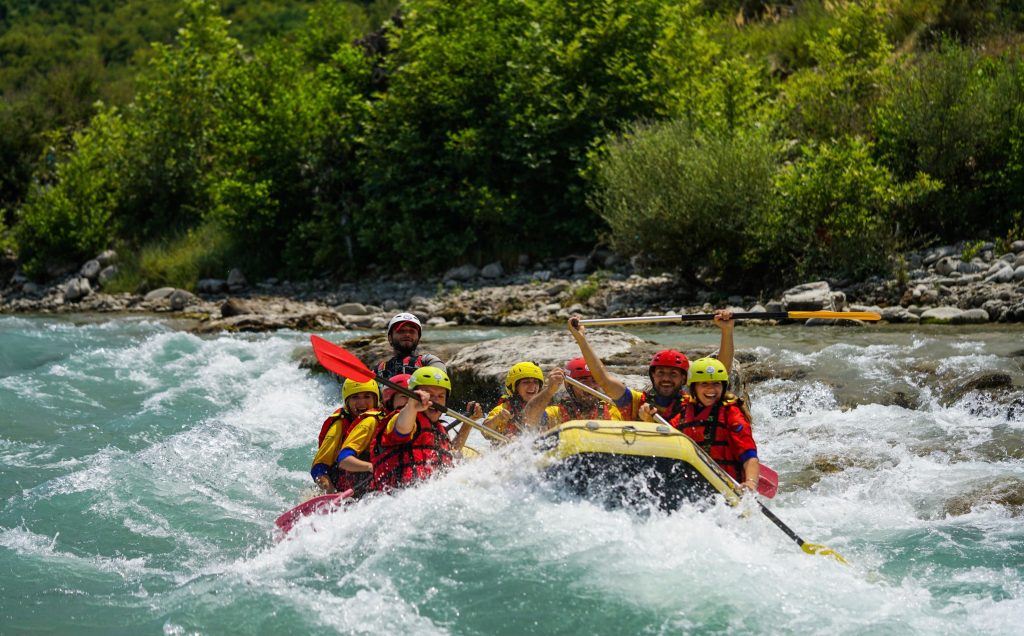The Science
To protect the skin, chemical sunscreens use UV filters that absorb radiation from the sun. When a sunscreen is exposed to this radiation, it can alter the chemical structure of the UV filters, thus degrading its ability to maintain itself and forfeiting skin protection. A “PHOTOSTABLE” sunscreen maintains its ability to protect against the sun’s harmful rays — even in the presence of UV radiation.

Q. What does SPF mean?
A. The SPF (Sun Protection Factor) measures the UVB – that is the burning rays/ shorter rays. UVB affects the outer layer of skin, the epidermis, and is responsible for your tan lines and sunburns. It is most intense between 10:00 and 2:00 when the sun is brightest and closest to Earth. UVB does not penetrate glass.
While nothing blocks the sun 100%, the higher the SPF level is, the better it will deflect harmful UVB rays. What SPF value you choose should be based upon your skin type and degree of sun exposure.
SPF Chart
SPF 15- 93.0%
SPF 20- 95.5%
SPF 25- 96.0%
SPF 30- 97.0%
SPF 50- 98.0%
Skin Types.
Everyone has a different skin type based on the amounts of melanin (pigment) in the skin. The Fitzpatrick Phototype Scale (standardized scale used by dermatologists and other medical professionals). The lighter or fairer your skin type, the more susceptible you are to sunburn and sun-induced skin damage. Knowing your skin type is important in determining your safe period and SPF you should be using.
TYPE I-Ivory White, no tanning ability, always burns
TYPE II- White, minimal to weak tanning ability, high inclination to sunburn.
TYPE III- White, Low tanning ability, moderate inclination to sunburn.
TYPE IV- Beige-Olive, lightly tanned, moderate tanning ability, very low inclination to sunburn
TYPE V- Moderate brown or tanned, sun insensitive skin, very low inclination to sunburn.
TYPE VI- Dark brown or black, sun insensitive skin, never burns.
The FDA, CDC and Skin Cancer Foundation recommend choosing a sunscreen based on your specific needs. You should not be using a higher SPF sunscreen than you need to, because the concentration of chemicals relative to the protection they afford is much higher in products with higher SPF ratings. *****Note, S4 sunscreens do not use chemical filters in their SPF protection. S4 sunscreens are formulated with only physical (mineral = natural) sun protectants. *****
Q. What is Broad Spectrum?
A. Broad spectrum protects against the harmful effects of both UVA (long wavelengths- aging rays) and UVB (shorter wavelengths – burning rays) UVA can penetrate through windows and penetrates deeper into the dermis. Generally thought to be responsible for wrinkles, premature aging, cellular level and long term damage. UVB rays are responsible for damage to the outer layers of the skin and are the main cause of sunburn. They also play a role in skin cancer.



